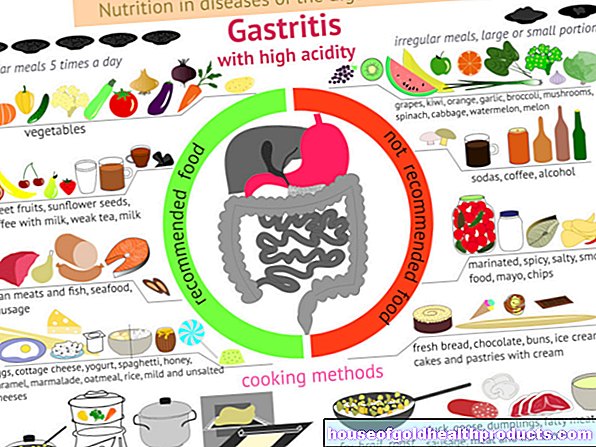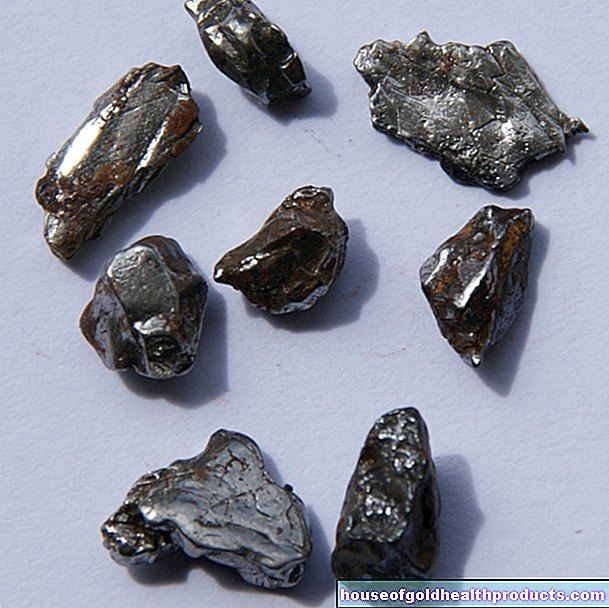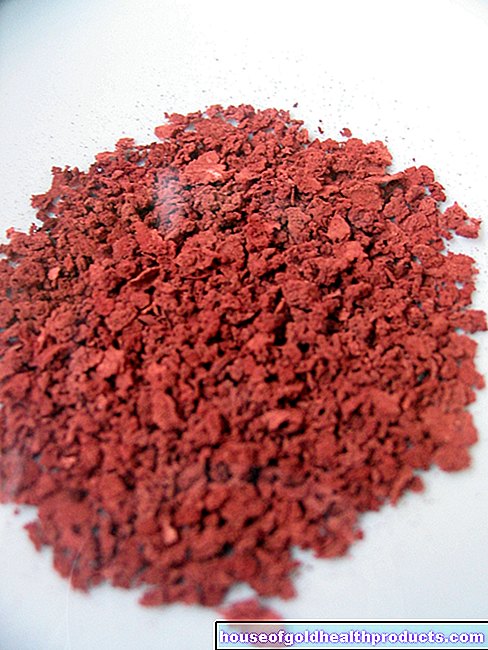Pain: Opioids more dangerous than thought
Larissa Melville completed her traineeship in the editorial team of . After studying biology at Ludwig Maximilians University and the Technical University of Munich, she first got to know digital media online at Focus and then decided to learn medical journalism from scratch.
More about the experts All content is checked by medical journalists.Munichconstricted pupils, slow breathing, impaired consciousness up to coma and death from respiratory failure - opioid poisoning is not to be trifled with. But not only high doses are dangerous, even small amounts can cause poisoning, shows a recent study.
Opioids are essential in pain management these days and doctors are increasingly prescribing them. Because especially in the case of severe and especially chronic pain, opioids are often the savior of the last resort for many patients. But the number of overdoses has also increased. Deborah Fulton-Kehoe from the University of Washington School of Public Health in Seattle and her colleagues investigated the amounts that can be dangerous and the extent to which they interact with other drugs.
Always risky to use
Previous studies had shown that regular use of high doses of opioids is very dangerous and can lead to non-fatal and fatal overdoses or poisoning. What is new now is that poisoning does not only occur in regular users, but also frequently in people who have only taken an opioid preparation in acute cases or at irregular intervals.
For the study, the researchers analyzed the number of opioid prescriptions and non-fatal poisonings in Washington State between 2006 and 2010. The team recorded a total of 2,250 opioid poisoning. Of this, 35 percent could be attributed to methadone, which is known as a substitute drug and is also used as a pain reliever. The remaining 65 percent were due to other opioid pain relievers.
Poisoning even from a small amount
Of the patients who used opioid pain relievers other than methadone, only 44 percent were regular users who had taken a high dose for more than 90 days in the previous year. In addition, only 17 percent had taken a dose of more than 120 milligrams per day in the week before the poisoning. In at least 28 percent, even the small amount of less than 50 milligrams of morphine equivalent dose led to poisoning. That means: The amount of opioid medication taken by the test persons corresponded to the potency of 50 milligrams of pure morphine. The unit of morphine equivalent dose makes it easier to compare different opioids.
Risky combination
The study also produced another result: almost half of the patients who suffered poisoning had taken a sedative during the same period. Simultaneous use of the two drugs may promote poisoning, the researchers said.
New guidelines required
"It would make sense in the guidelines to mention that in addition to long-term use of large amounts of opioids, relatively low doses, taken acutely or irregularly, can cause opioid poisoning," says Fulton-Kehoe. In addition, she demands that the guidelines also point out the risk of taking sedatives at the same time.
The group of opioids
The opioids include natural and synthetic substances that have morphine-like properties and bind to opioid receptors. Well-known representatives are, for example, buprenorphine, tramadol and fentanyl. The area of application is wide and ranges from back pain to tumor pain to palliative medicine. Many people benefit greatly from the pain relieving effects. But the side effects are extensive and there is a risk of poisoning. If the latter occurs, immediate action is required. The patient must then immediately seek medical treatment.
Sources:
Fulton-Kehoe D. et al .: Opioid Poisonings in Washington State Medicaid: Trends, Dosing, and Guidelines. Medical care. doi: 10.1097 / MLR.0000000000000384
Press release from WOLTERS KLUWER HEALTH from July 15th, 2015
Tags: alternative medicine drugs book tip





























